|
Today, Ashford School students got to ask their questions to an astronaut floating about 250 miles overhead on the International Space Station. Astronaut Serena M. Auñón-Chancellor, flight surgeon on Mission 56/57, answered 16 student questions that ranged from "Do you wear sunscreen into space?" to "What is the hardest thing about having 0 gravity?" to "How many flips can you do?" Image Credit: Fox 61 Students used a special Amateur Radio to make a direct contact. The National Association for Amateur Radio (AARL) helped provide and set up the equipment. Joe Carcia, Kris Bickell, Ally Riedel, David Isgur, and Michelle Patnode all came for the big day to help facilitate the contact. In addition to our ARRL radio representatives, several members of the Eastern Connecticut Amateur Radio Association (ECASA) also came to lead the contact. Bernard served as the main contact, and Ryan and Joe were also on hand leading the contact. They set up a giant antenna system outside so that the signal would reach. They also projected ISS tracking software behind the radio for students to see: Our whole school gathered in the cafeteria, and students who had been selected to ask a question gathered by the stage, each waiting their turn to approach. We all listened with bated breath as Bernard began the contact: "This is KZ1, ISS, this is KZ1, do you copy?"
When we first heard Astronaut Serena M. Auñón-Chancellor, everyone broke out into smiles and gave the thumbs up signal. Despite our excitement, everyone stayed absolutely quiet so we could hear her answer our questions! You can watch all of the students ask their questions below (The questions begin at the 42 minute mark): In addition to our whole school population, the following news stations came to experience the contact as well! They recorded the contact and interviewed students on their thoughts afterwards. Check it out:
Fox 61: https:/fox61.com/2018/10/22/ashford-students-talk-with-astronauts-in-the-space-station/ WFSB: https://www.wfsb.com/news/ashford-students-get-opportunity-to-chat-with-astronaut/article_84a71100-d625-11e8-b8d1-2b8b4e6b48df.html WTNH: https://www.wtnh.com/news/connecticut/windham/ashford-students-speak-with-astronaut-in-international-space-station/1541735276 We are so incredibly grateful to ARISS, ECARA, and ARRL for making this possible for the entire Ashford School community. Our students were literally bursting with excitement at the end of the contact, and many staff members were driven to tears over the wonder they felt during this contact. We even heard many students exclaiming that they wanted to be astronauts as they headed out of the cafeteria and onto the rest of their school day. Look out universe- here comes the Mars Generation! To learn more about the ARISS program, please visit: http://www.ariss.org/ To learn more about AARL, please visit: http://www.arrl.org/home To learn more about ECARA, please visit: http://www.ecara.net/
4 Comments
Greg Robinson
10/24/2018 04:16:03 am
Such a great opportunity! Thanks so much for organizing! Here's another coverage link from NBC Connecticut: https://www.nbcconnecticut.com/news/local/Ashford-Students-Talk-With-ISS-Astronauts--498252061.html
Reply
10/24/2018 05:37:20 am
Thank you so much for sharing this- we will add NBC to our list of media contacts! It was a fun day for sure :)
Reply
neil / ne3j
3/8/2019 08:46:07 am
The best part of the article is to read how the students were really thrilled at being able to use Amateur Radio to talk to the International Space Station (ISS). I knew Hams (amateur radio operators) have been providing this type of communication-link between schools and the ISS for many years, but I never realized how enthusiastic the kids' response is.
Reply
neil
3/8/2019 08:30:41 pm
That's not a big Ham radio antenna.
Reply
Your comment will be posted after it is approved.
Leave a Reply. |
AuthorsKate Craven Archives
October 2018
Categories |
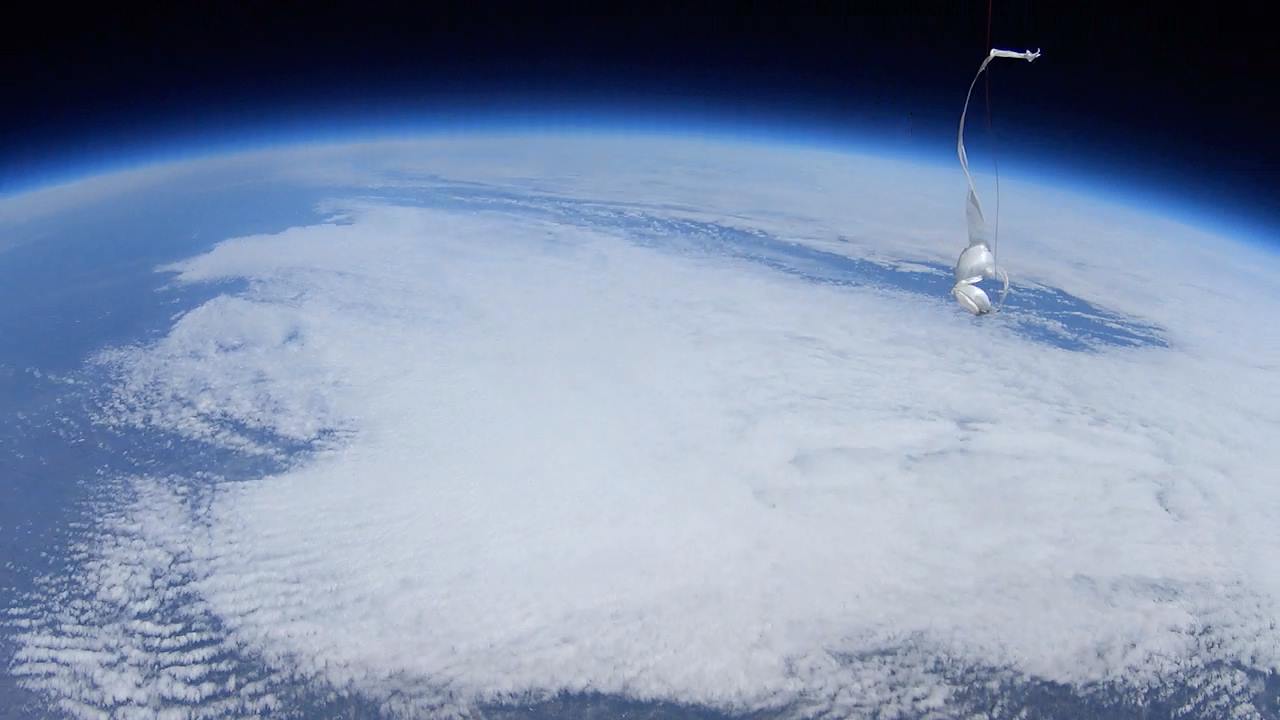
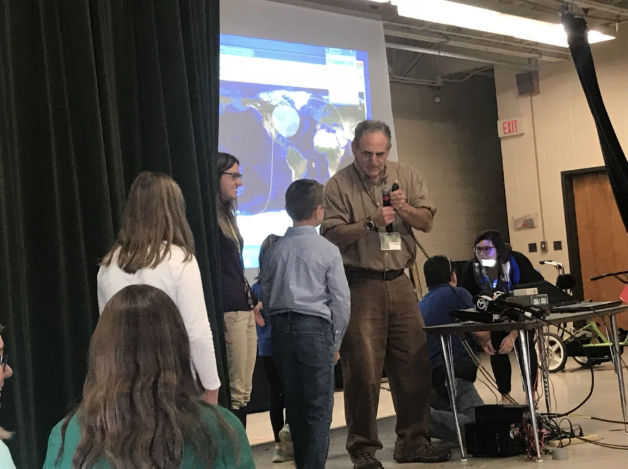
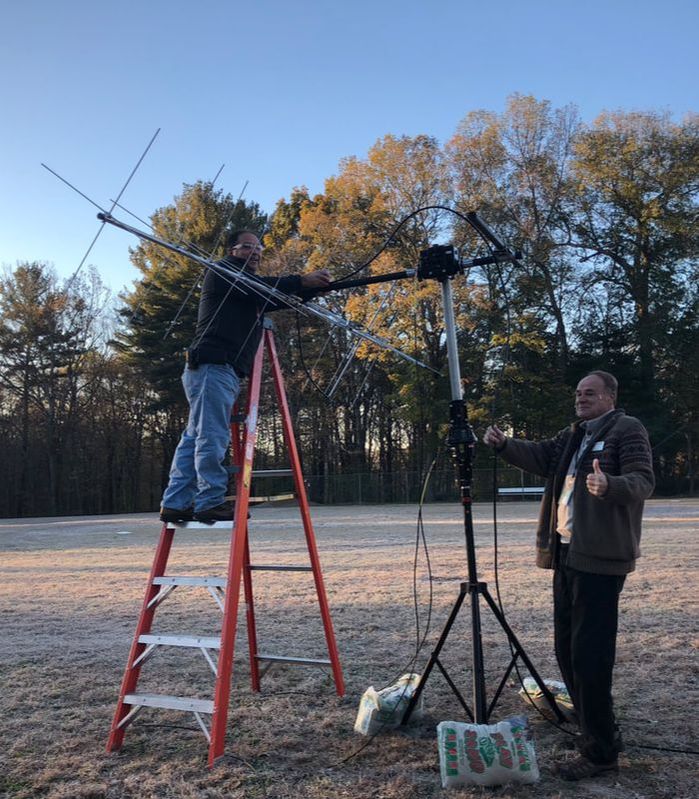
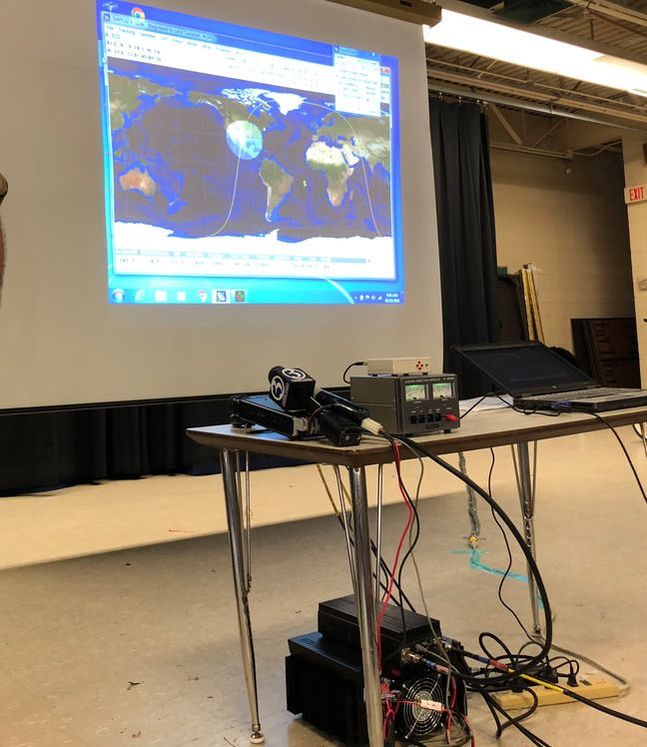
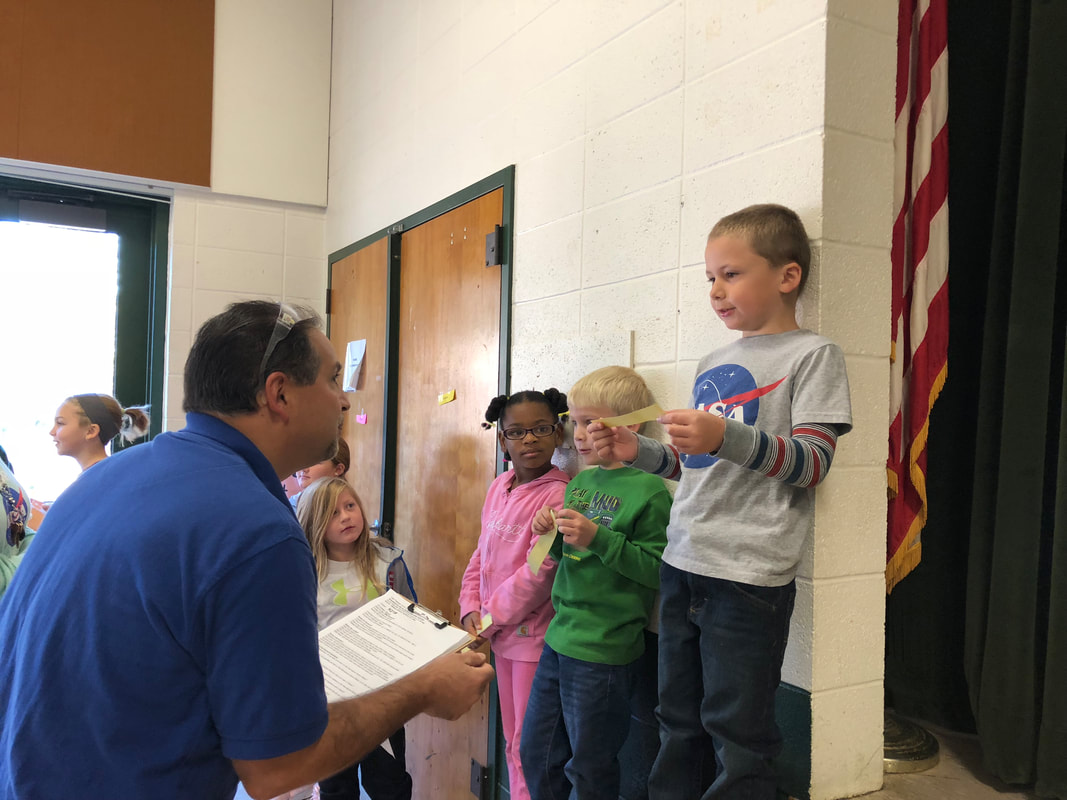
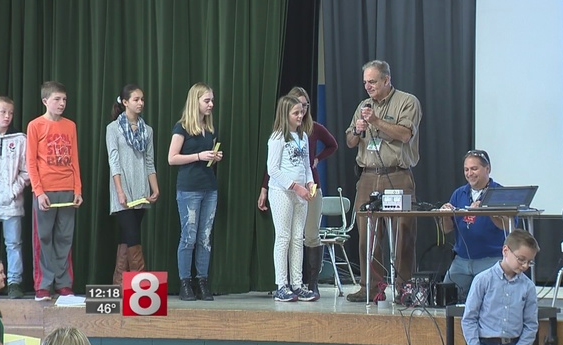
 RSS Feed
RSS Feed
